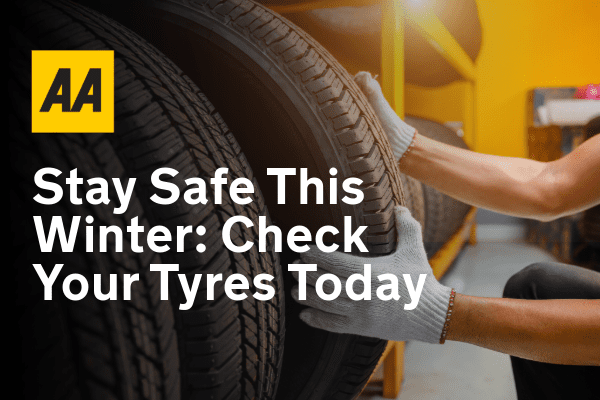Today, on Monday, October 7th, the Road Safety Authority (RSA), An Garda Síochána, and the Irish Tyre Industry Association (ITIA) are collaborating to launch Tyre Safety Day. This initiative aims to emphasize the significance of routine tyre inspections for young drivers. Together with Dublin City University (DCU), they will conduct a tyre check session to assist students in understanding the process of checking tyres and identifying common tyre defects.

Promoting Tyre Safety and Awareness for Safe Winter Driving
As winter approaches, the RSA emphasizes the critical role of tyre grip, particularly in wet weather conditions where drivers should be prepared to double their braking distance.
Concerningly, tyres continue to be the primary reason for NCT failures in Ireland. Recent data from the past year reveals that 9.5% (162,222) of motorists failed the NCT due to tyre condition, with 2.7% (44,887) failing because of dangerously low tyre tread measuring less than 1.6mm. Additionally, there has been a consistent trend of An Garda Síochána issuing fixed charge notices to drivers for tyre-related offenses, totalling 1,755 notices issued year to date.
Tips for Keeping Your Tyres Safe
Conduct Regular Tyre Checks
Make it a habit to inspect your car or motorcycle tyres every time you hit the road. This practice enables you to detect and address any issues early on. During your check, examine the general condition of each tyre, focusing on:
Sidewalls: Watch out for damage like bulges, cuts, or punctures on the sidewalls. These visible abnormalities may suggest a tyre in poor condition.
Tread Wear: Check the tread for consistent wear. Irregular wear patterns could point to alignment or suspension problems.

Inspect for Defects
Remain watchful for any bulges, cracks, cuts, or grazes on your tyres, as these issues can weaken the tyre’s structure and potentially cause blowouts. Focus on the following:
Bulges: Address any bulges promptly, as they might signify an internal air pocket.
Cracks: Keep an eye out for small cracks that can form over time and impact tyre strength.
Cuts or Grazes: Even minor cuts can result in leaks or blowouts, particularly if they are deep.
Check Tyre Inflation
Maintaining proper inflation is essential for top performance, fuel efficiency, and safety. Here’s what you should do:
Utilize a Tyre Pressure Gauge: Assess your tyre pressure when the tyres are cold (prior to driving). The suggested pressure is typically available in the owner’s manual or on a label inside the driver’s door.
Make Adjustments as Needed: Inflate or deflate your tyres following the manufacturer’s guidelines. Tyres that are under-inflated can result in premature wear and decreased fuel efficiency, while over-inflated tyres may lead to a rougher ride and a higher risk of blowouts.












